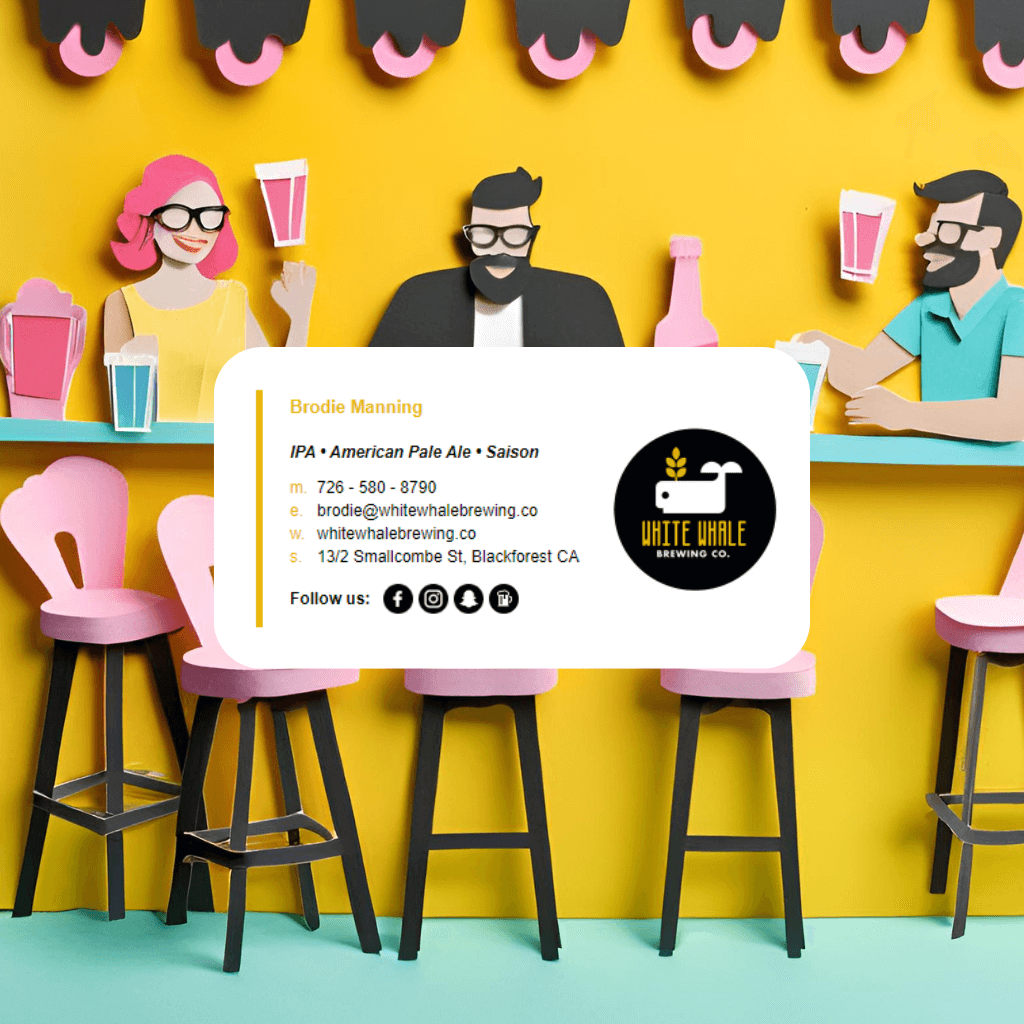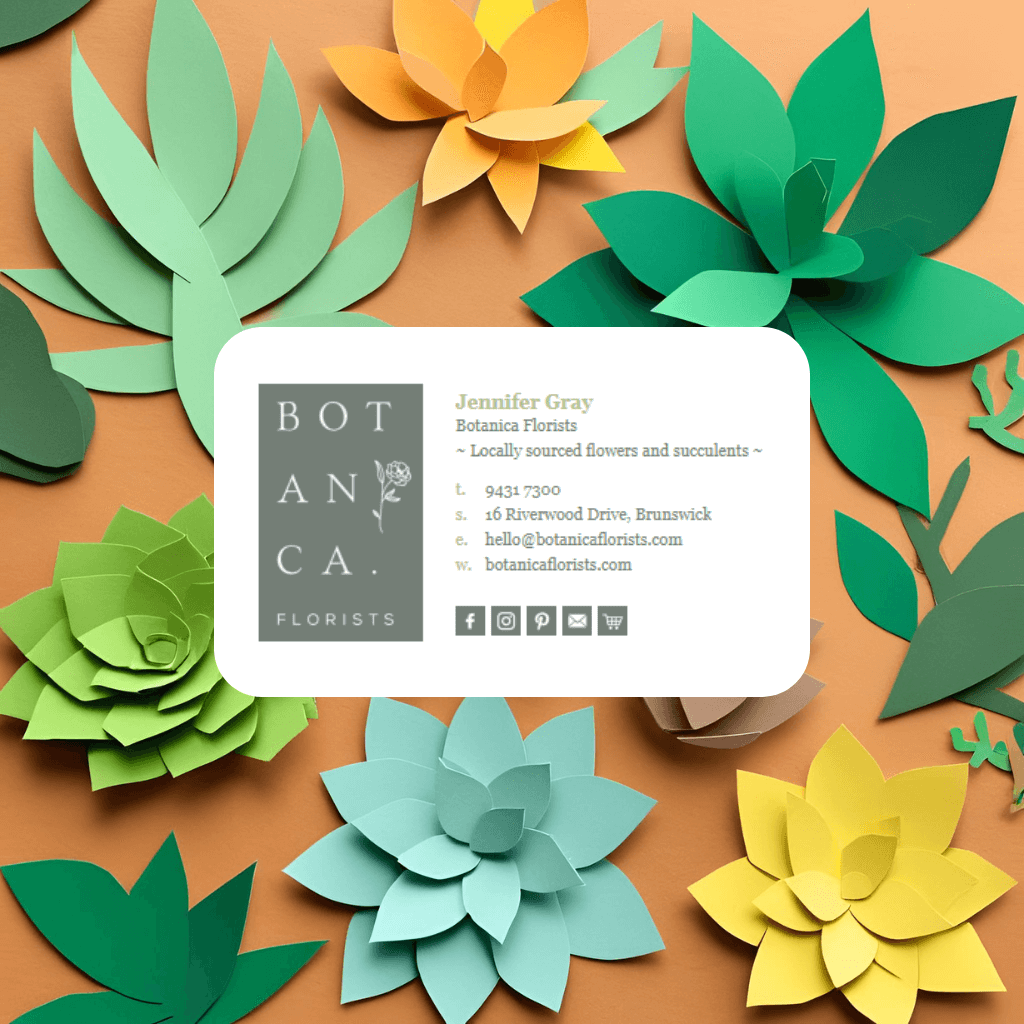As a leading SaaS provider specializing in HTML email signatures for over 13 years, we’ve helped thousands of businesses create professional signatures that work seamlessly across devices. Outlook is one of the most widely used email clients, but designing a signature that maintains a polished appearance on both desktop and mobile comes with unique challenges.
Unlike websites, where responsive design allows elements to shift and resize fluidly, email signatures do not support true responsive layouts due to limited HTML and CSS support in Outlook and other email clients. However, with the right approach, you can create an Outlook signature that adapts effectively across different screen sizes without breaking or losing readability.
In this guide, we’ll cover the best strategies for designing an Outlook email signature that looks professional on both desktop and mobile—ensuring your branding remains consistent and your contact details stay easy to read, no matter where your email is opened.
Best Practices for Designing Outlook Signatures for Desktop and Mobile
1. Use Tables for Layouts
Outlook relies heavily on tables for consistent formatting since it doesn’t fully support modern CSS. Use tables to structure your signature and ensure alignment across devices.
- Example:
-
<table style="width: 100%; max-width: 600px; font-family: Arial, sans-serif; font-size: 14px; border-collapse: collapse;">
<tr>
<td>
<strong>John Doe</strong><br>
Software Engineer<br>
<a href="mailto:john.doe@example.com">john.doe@example.com</a><br>
+123 456 7890
</td>
</tr>
</table>
2. Use Inline CSS
Outlook doesn’t support external or embedded CSS styles in email signatures. Instead, use inline styles for fonts, colors, and spacing.
- Example:
-
<p style="font-family: Arial, sans-serif; font-size: 14px; color: #333333; margin: 0;">
Best regards,<br>
John Doe
</p>
3. Keep the Width Below 600px
- Why? A maximum width of 600px ensures the signature displays properly on both desktop and mobile screens.
- Use the
max-widthproperty in the table or images: -
<table style="width: 100%; max-width: 600px;">
<!-- Content -->
</table>
4. Avoid Complex or Responsive Layouts
- True responsive designs (using media queries or flexbox) are not supported in email clients like Outlook.
- Stick to simple layouts that naturally adjust without breaking.
5. Optimize Images
- Use images with appropriate dimensions (e.g., 50–600px wide) and compress them for faster loading.
- Host images on a reliable server (avoid embedding or attachments when possible).
<img src="https://example.com/logo.png" style="max-width: 300px; height: auto;" alt="Company Logo">
6. Use Web-Safe Fonts
- Stick to fonts like Arial, Verdana, and Times New Roman to ensure consistent appearance across devices.












